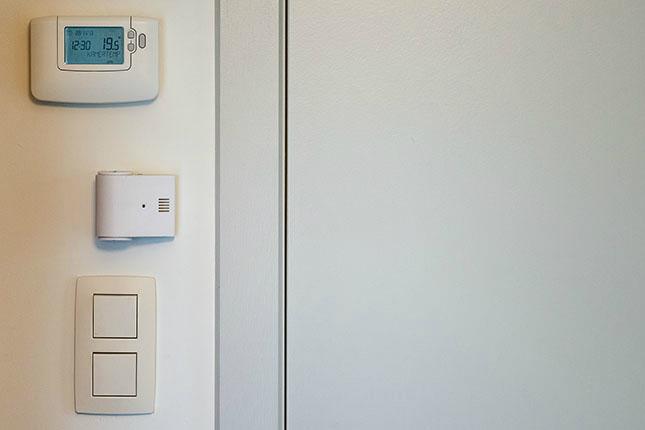
Yet there has to be a balance between monitoring and privacy. One company, Xetal, thinks its new product, recently launched on Kickstarter, is a good solution. Named @home, it’s a series of battery-powered temperature sensors that can detect if up to two people are in a room. It’s accurate to about 12 feet and can distinguish a person from the stove, the cat, or a radiator and can tell where someone is in relation to those objects.
Because the light-switch-sized sensors can’t tell the difference between people, it’s less invasive than a security camera. However, the @home controller allows users to set up “events,” so that they receive smartphone notifications when a child gets out of bed, someone is lying on the floor, or a person enters the house when no one should be home. The creators hope @home will work with If-This-Then-That (IFTTT) functionality and plan on releasing raw data to developers to make the sensors’ capabilities even more robust.
The price tag for a kit of four sensors, which is enough to cover a single room, and a controller is $170 for early bird backers and will eventually retail for $300. That’s definitely pricier than something like Clime, which sells a kit consisting of three sensors (one each for temperature, motion, and light) and a hub for $120; each additional sensor is $26. Its sensors are also smaller than the @home ones. However, Xetal has been testing its product in nursing homes and hospitals, and they’re really pushing it as a people-centric safety device for sleepwalking kids and elderly people who are prone to accidents.
The company says the sensor technology is ready but is still working on controller hardware and the software; it thinks it will have the devices ready to ship in December.


